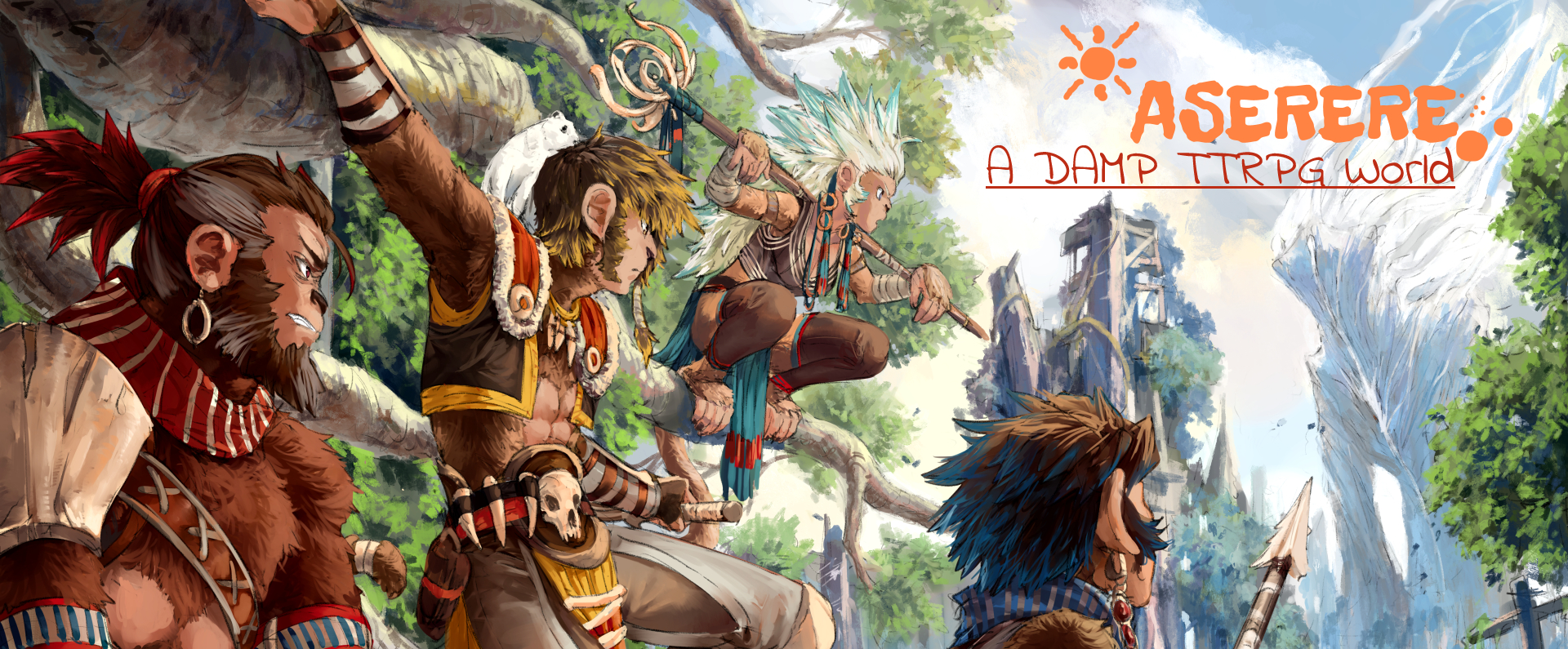The Great Devourer
I found one of the creature's old trails and began to follow it. It was a pleasant fall day, so when I bedded down for the night, I found no need for a tent, only a few wards to keep the night creatures at bay. I awoke to a surprising breeze and a pleasant earthy scent. When I looked above me, the sky was black. It was only then that I realized that the Great Devourer was directly above me, silently mobilizing to the ancestors know where. I lay, still with shock for what seemed like an eternity. When it finally passed, I hopped up, gathered my things and immediately gave chase!
The only yoroid mega-beast, the Great Devourer is almost as silent as The Peak Walker when it moves. Because of this, villages are often unaware of its impending attack until it's too late. Even subterranean and arboreal spaces are not safe as the Devourer is an excellent digger and climber.
Basic Information
Anatomy
The head of the Devourer is deep purple, round and flat with a pair of long antennae and 3 sets of eyes. They have two pairs of poison claw like mandibles and a wide mouth full of serrated fangs. It has a long forked tongue it seems to use constantly as it moves. It's body is made up of multiple segments, each with a pair of segmented red legs. Each segment is deep brown on top and deep purple on the underbelly. The segments closest to the head have keratinous red flap with two eye-like spots the Devourer can extend like a hood. It seems to do this shortly before attacking. Its final segment ends in forcep-like pincers.
The total number of segments has never been counted.
Ecology and Habitats
The Great Devourer lives in the shadows of the Forest of Giants. It hunts at the base of the trees, though it may climb a tree to get sun. At night it burrows in the ground to rest.
Dietary Needs and Habits
The Devourer is a carnivore and eats 2-3 large creatures a week or several medium creatures. It eats all parts of the body. It also occasionally eats decaying trees which are full of large quanitities of tiny creatures.



